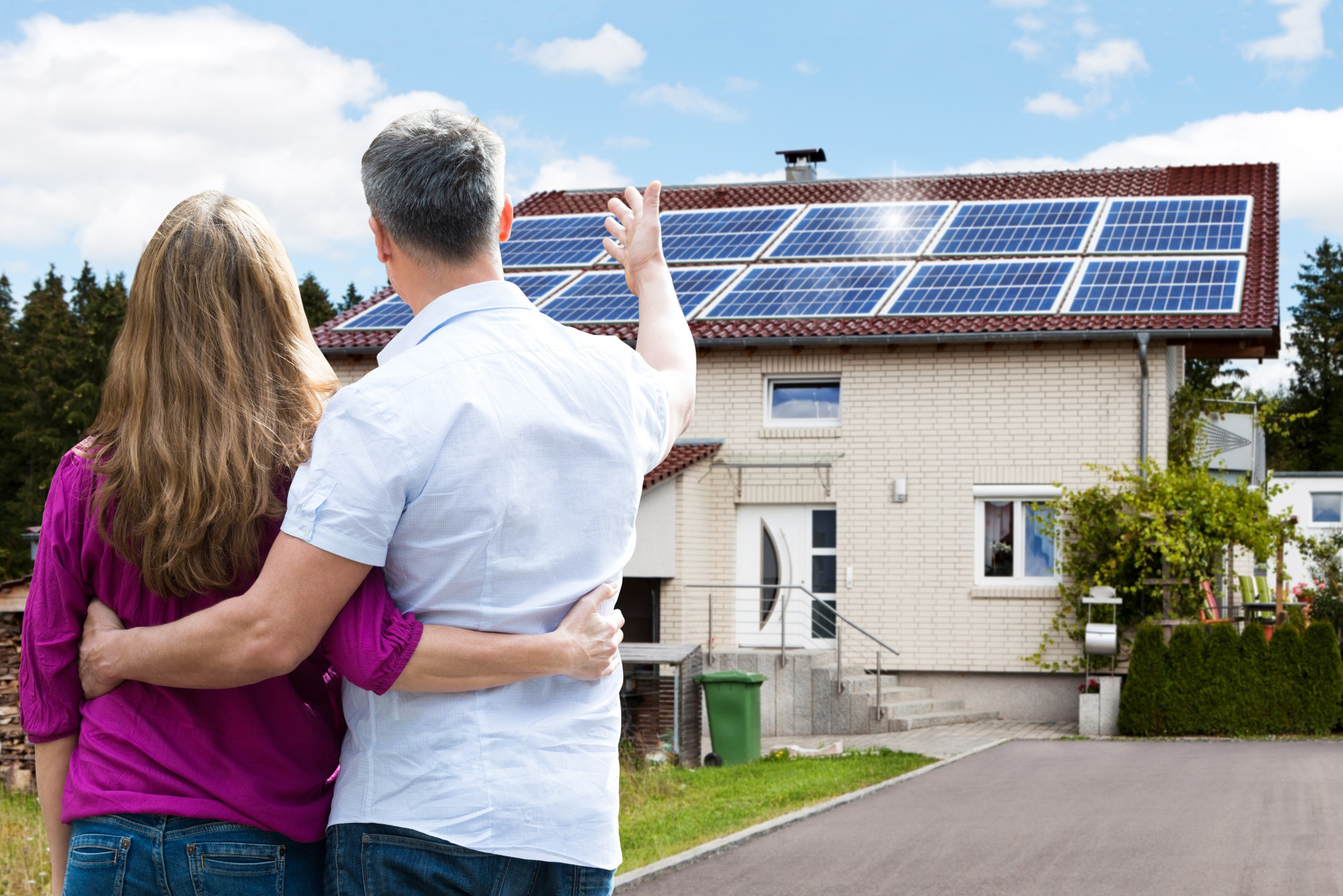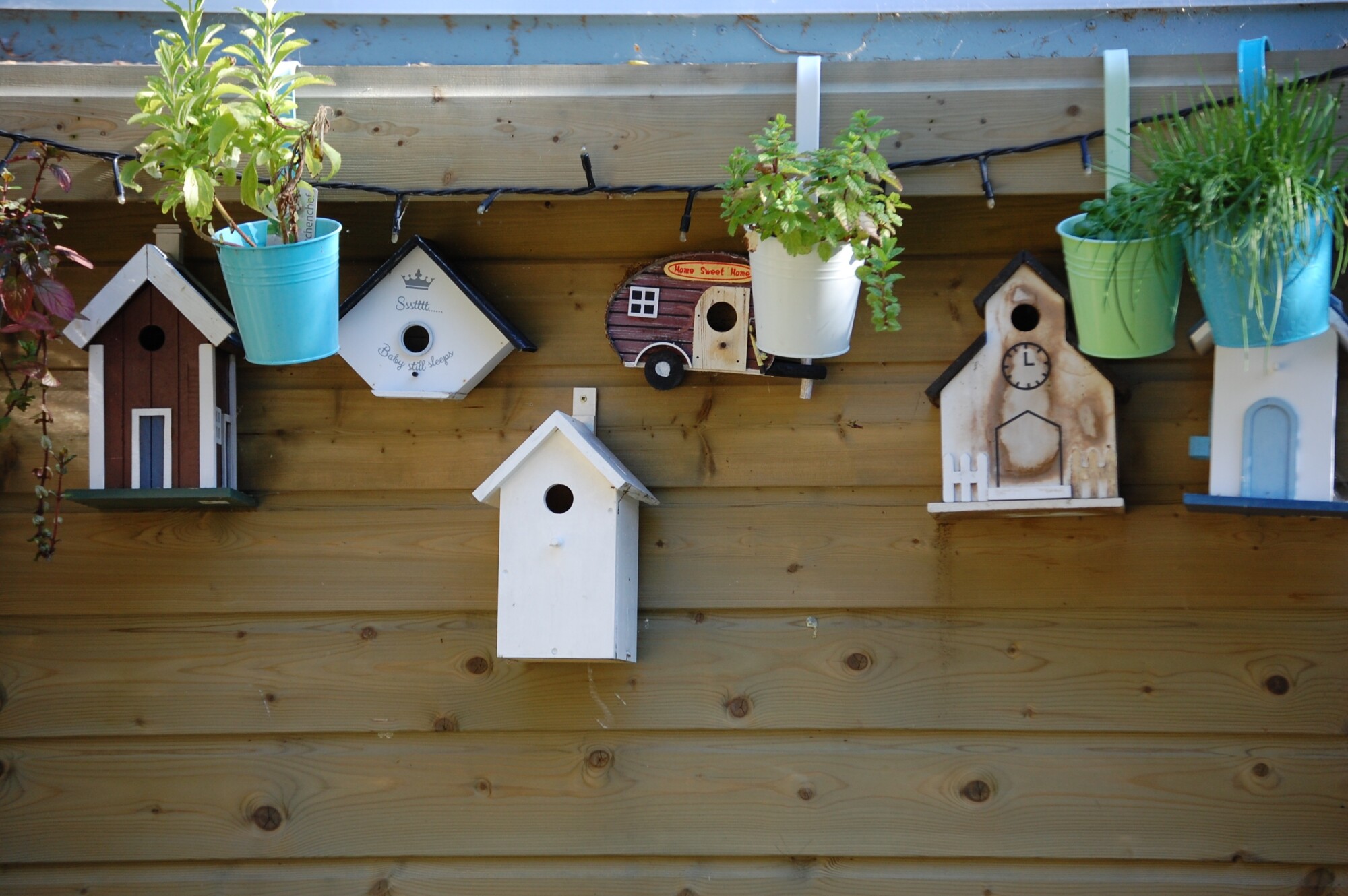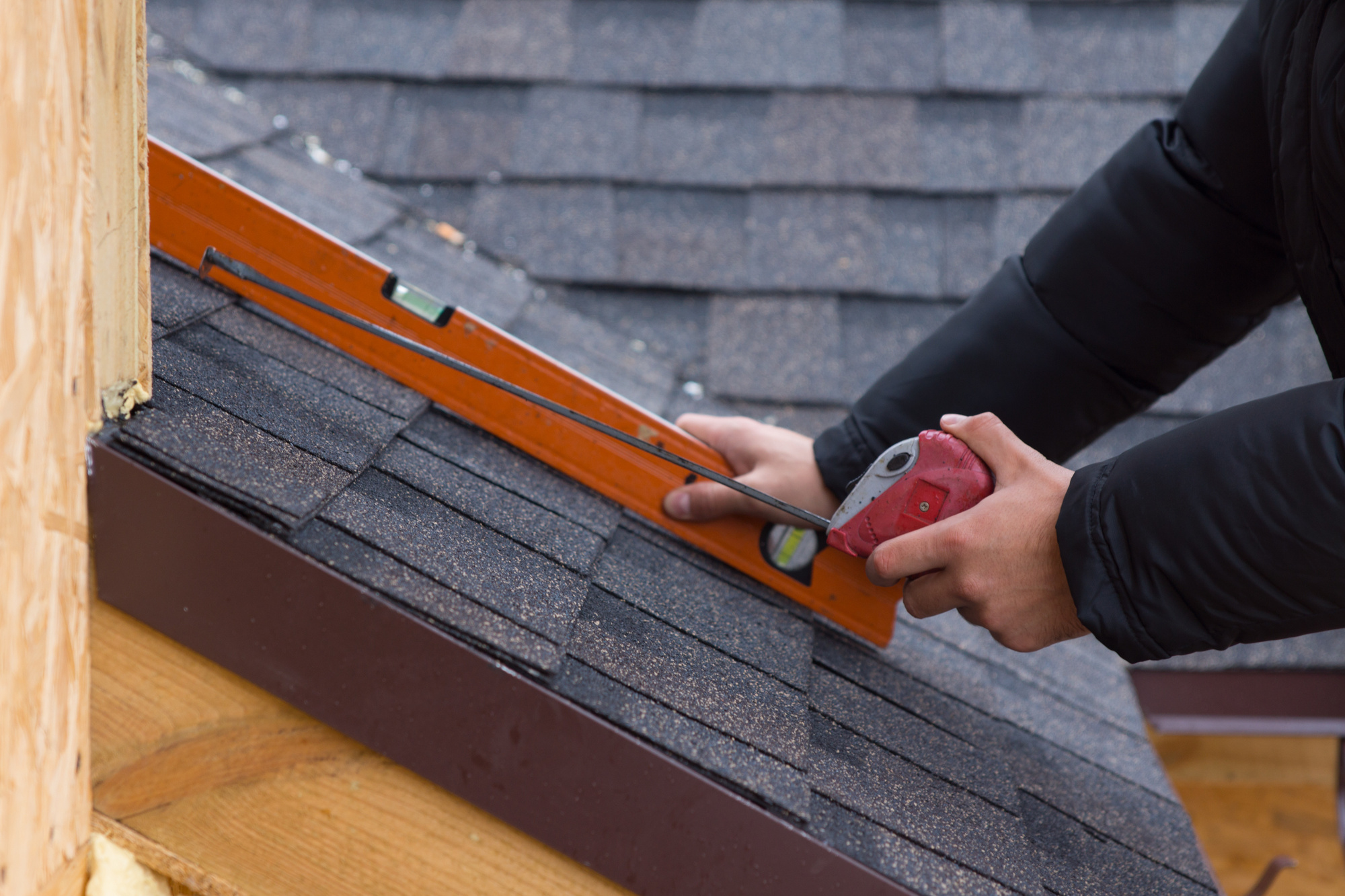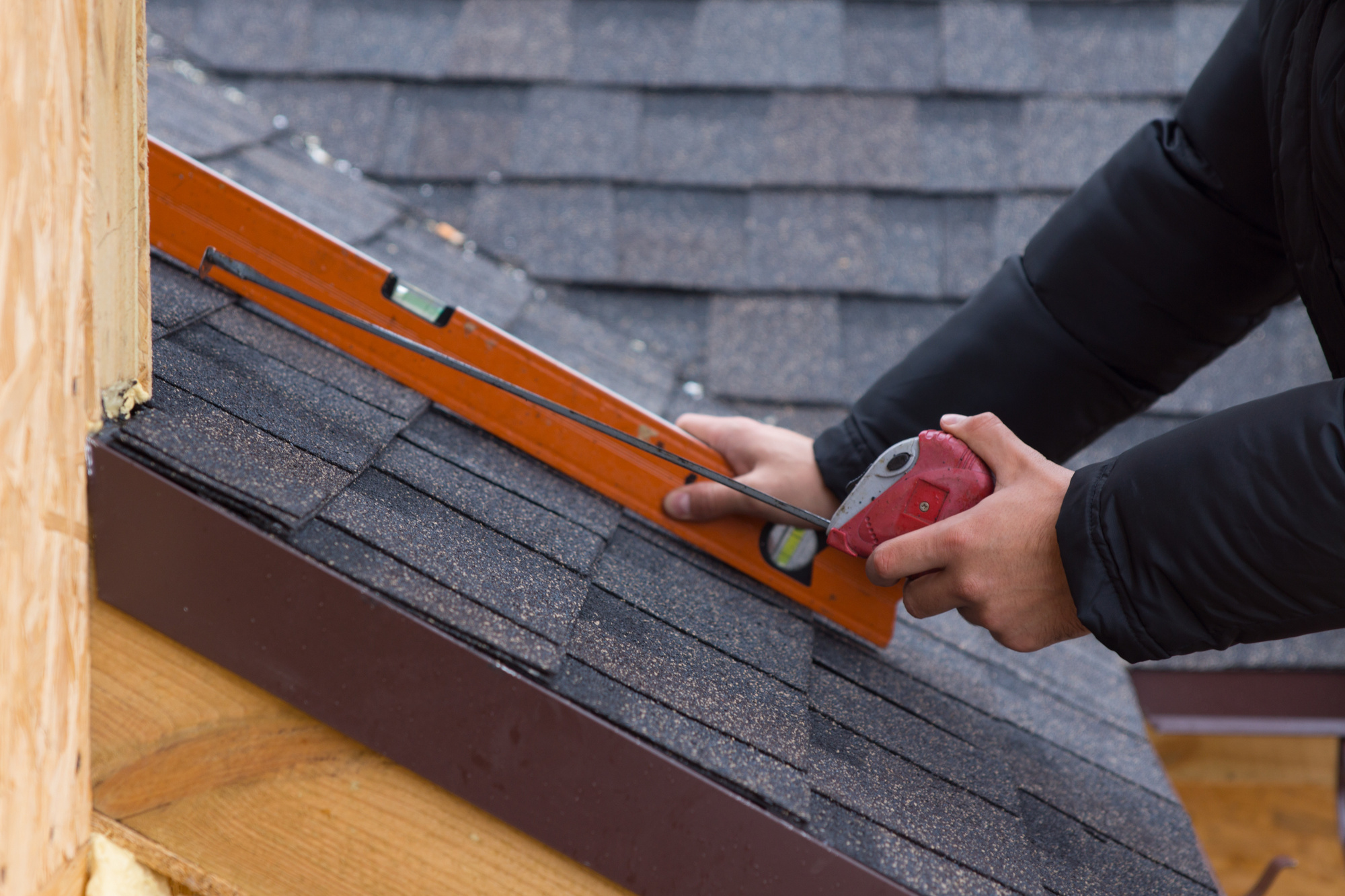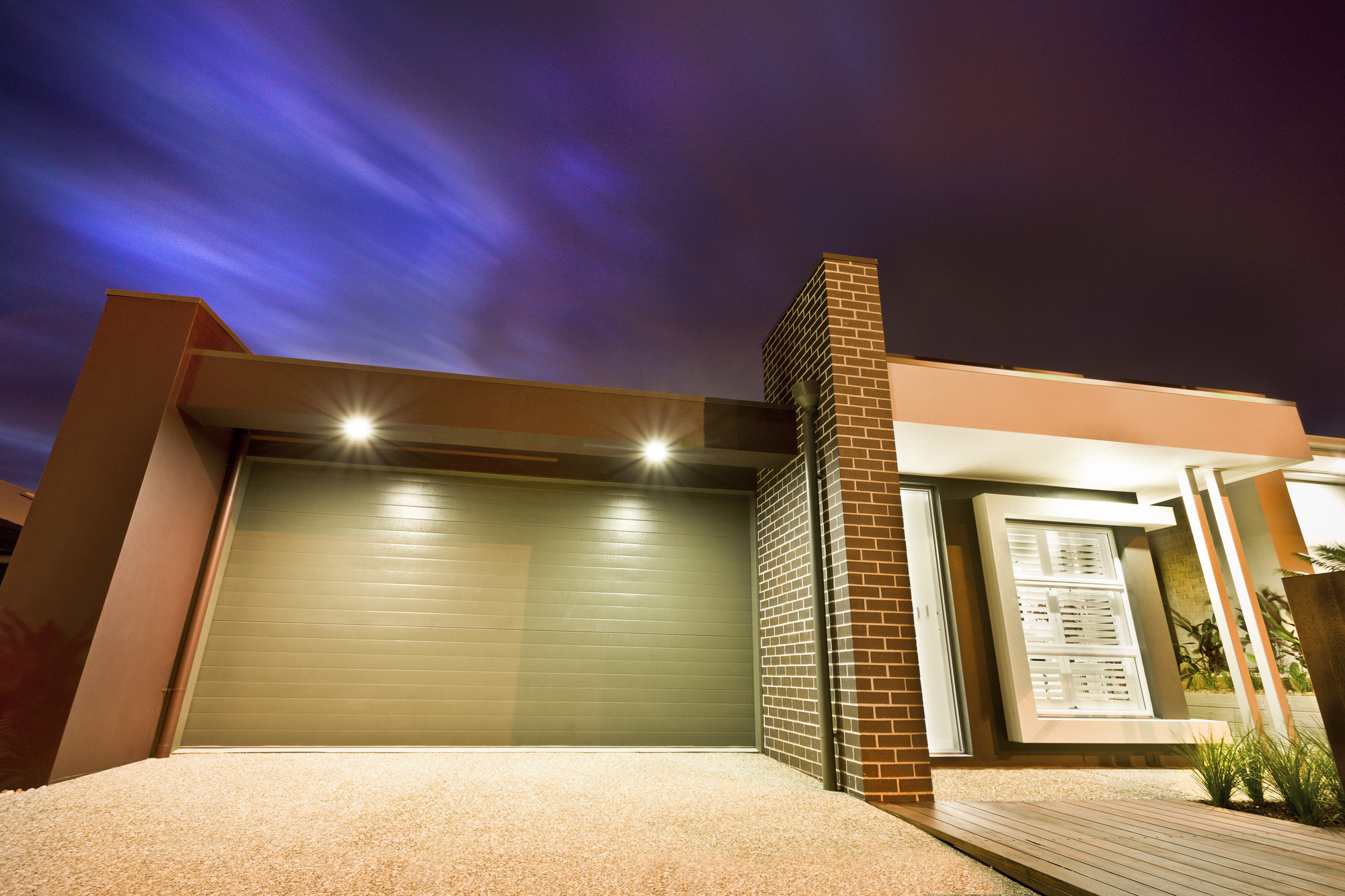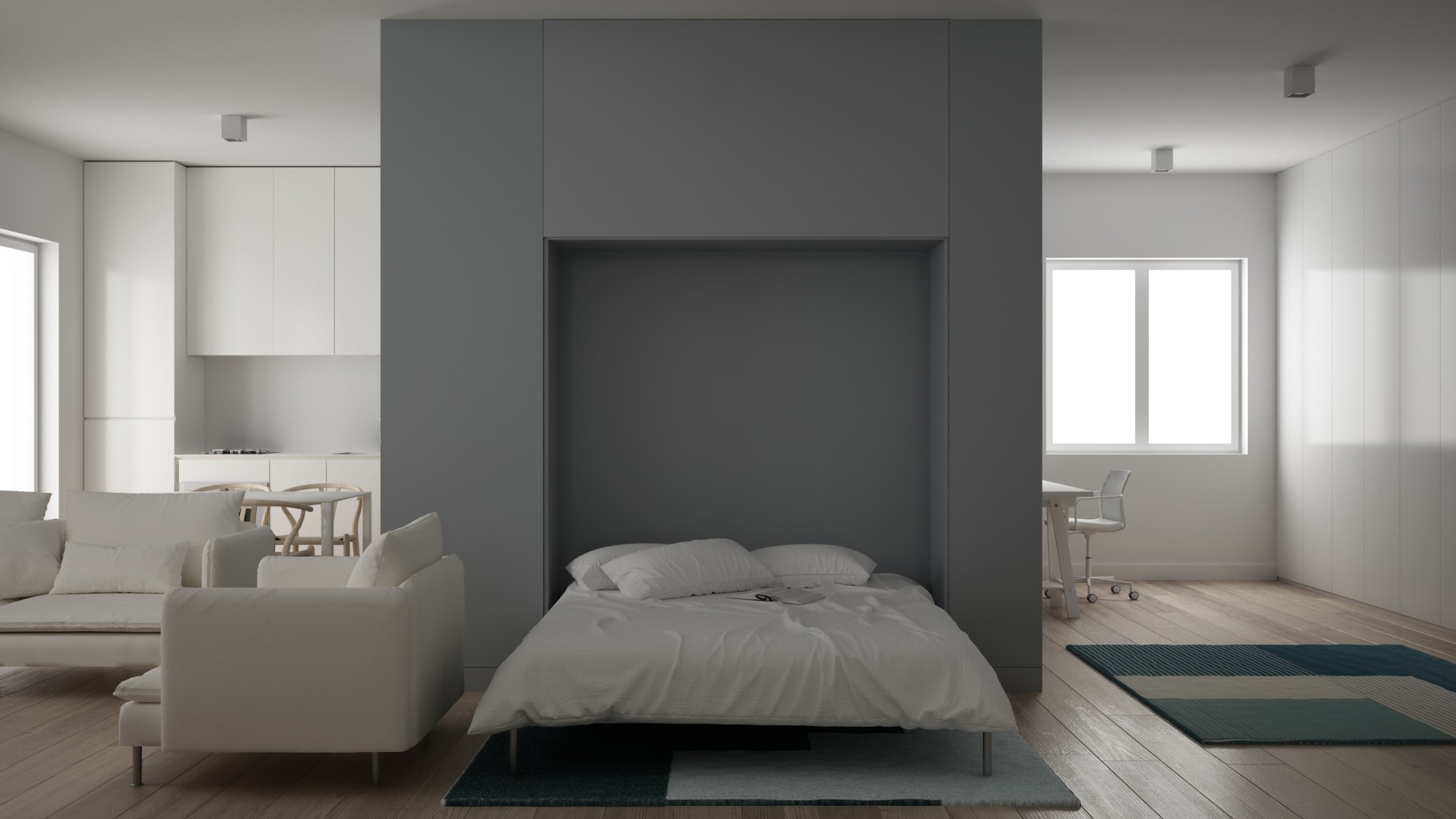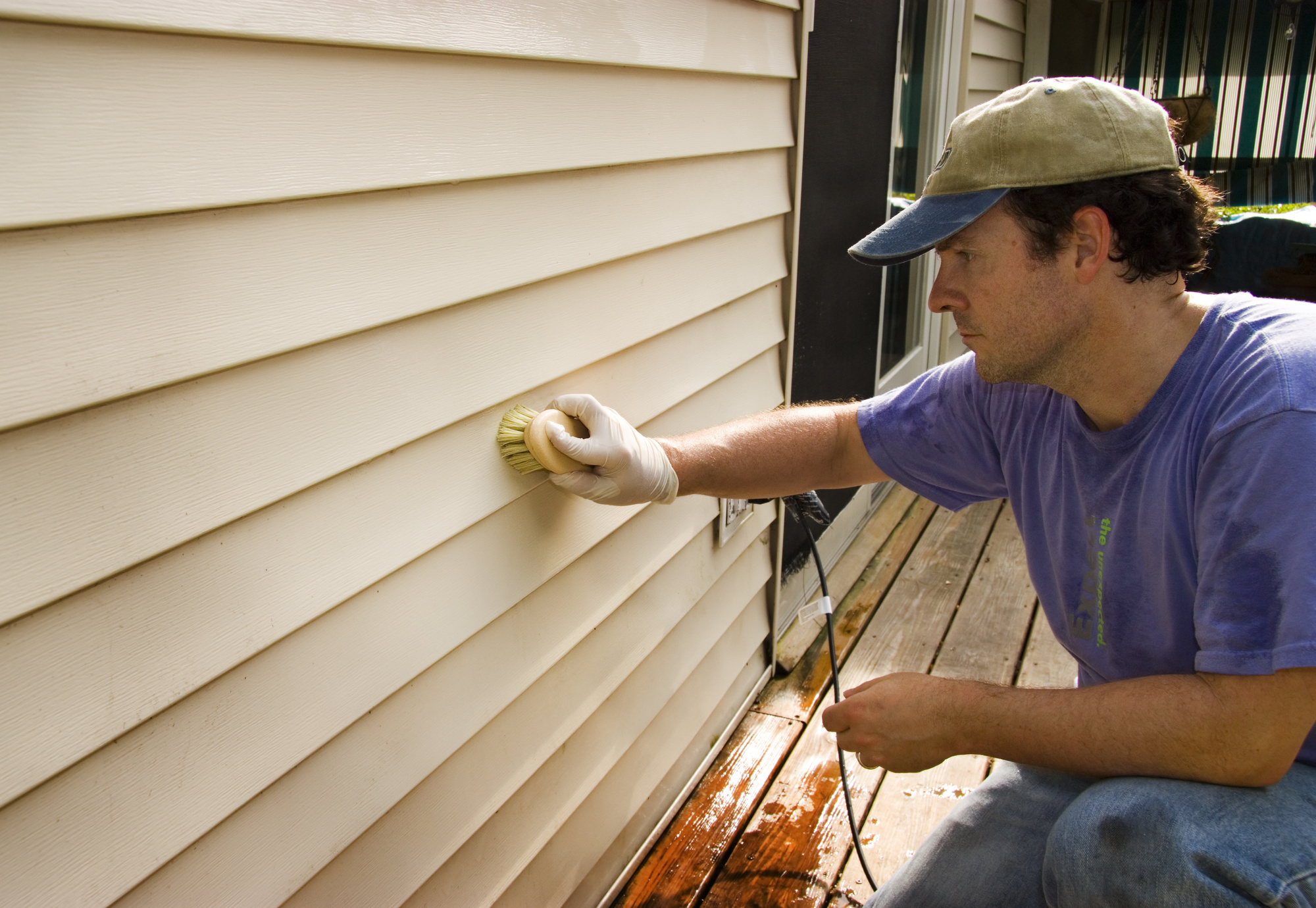
As of 2020, the global siding industry was valued at $100 billion, projected to reach $119.8 billion by 2027.
Are you tired of the exterior aesthetics of your home and want to try a new appearance? Lucky for you, a friend introduced you to sidings, which offers an elegant touch to your exterior. However, you don’t know the best siding company to contract the job.
With the number of siding companies in the market, you can easily get confused. There are several vital factors you should consider to get the right siding installation company.
Read along to get insightful pointers to help you when making the decision.
Check the License
The best place to start when looking for a good sliding company is checking whether they’re licensed. In every state, there has to be a license administering body to regulate the industry players to reach certain standards.
Contractors tend to parade the license on their websites to appeal to potential clients. In the case where no permit is needed for a company, there are other compliance requirements required. Check the state guidelines, then based your evaluation of the company on that.
The Credentials of the Company
The construction industry goes beyond the building; it stretches to professionalism. Credentials go to show that the workers have undergone relevant training to perfect their skills. Training is also an avenue to understand the emerging trends in the construction industry.
The training should cover all areas from safety to the handling of equipment to professionalism at the workplace. If, by any chance, the credentials aren’t portrayed on their website, take the initiative to ask. This will guarantee you that the company has invested its resources to ensure the workers are well trained.
Types of Siding
While it’s possible to have the expertise needed to install all types of siding, some companies specialize in one kind. This becomes key when choosing the siding company, as you’ve to consider the type of siding you want to install.
It won’t make sense if you consider a company whose specialty lies in Vinyl lap siding to do the fiber cement siding installation. At the very least, take your time to understand the expertise of the companies you intend to choose before making a decision.
Remember, there are siding companies that can offer installation for almost every type of sidings. Explore the best siding options you have in your local area to know which kind of contractor you might need.
Years of Experience
Check how many years the company has been in the siding installation business. This creates a sense of assurance the company knows what they’re doing. More so, you can tell by judging their previous works. A good rule of thumb is to go for a company with over five years of experience.
Go to the company’s website and read past clients’ testimonials to know their level of satisfaction with the work done. You’ve to prove the company is worthy before making your final decision.
Your Budget
Most of the time, the money you have for a project influences the kind of company you’ll hire. Siding companies have established themselves in different ways to target different demographics. When it comes to the cost of installing sidings, there’s more than meets the eye.
The type of siding, architecture of your property, and size of your property are vital influencers in determining the cost of the project. These factors play a crucial role in estimating the number of materials, time, and labor required for the project. When budgeting for a home project, you can easily leave out important factors that influence the project’s costs.
Also, consider the material to be used as some types of siding are heavier than others. Keep in mind the heavier the sidings; the more workers will be needed to complete the installation.
The siding company should perform a site visit before coming up with the quotation for installing sidings in your home. The contractor should come to your house, take all the necessary measurements, and assess the intensity of the work. More so, it’s an opportunity for them to advise on the suitable material to use.
Contractors tend to give verbal estimates when you request a quotation. Shun away from such contractors who cannot provide a clear document showing all the costs to be incurred. This will save you surprises of extra costs halfway through the project.
Ensure you get as many estimates as possible from different siding companies to have options. Afterward, analyze which contractor offered the best price for the budget you estimated to incur. Price shouldn’t be the main factor in choosing the best contractor; check their previous work.
Insurance Cover
Many things could go wrong in such a technical field; thus, the company should have insurance. Comprehensive insurance covers the workers and your house in the event something goes wrong. You wouldn’t want a situation where you have to incur costs after damage to your property.
If a worker gets injured during work and they aren’t insured by the company, you might end up paying medical fees. Avoid such scenarios by ensuring the siding company you choose has a comprehensive insurance cover. This is a standard practice adhered to, with the best siding installers.
Elevate the Exterior of Your Home by Choosing the Best Siding Company
There’s no doubt, choosing the best siding company can be daunting and mentally draining. These factors are inclusive in getting the right siding installers; thus incorporate all in your final decision.
Found this article helpful? Check out our other blogs on Marketing, Business, and Technology.
